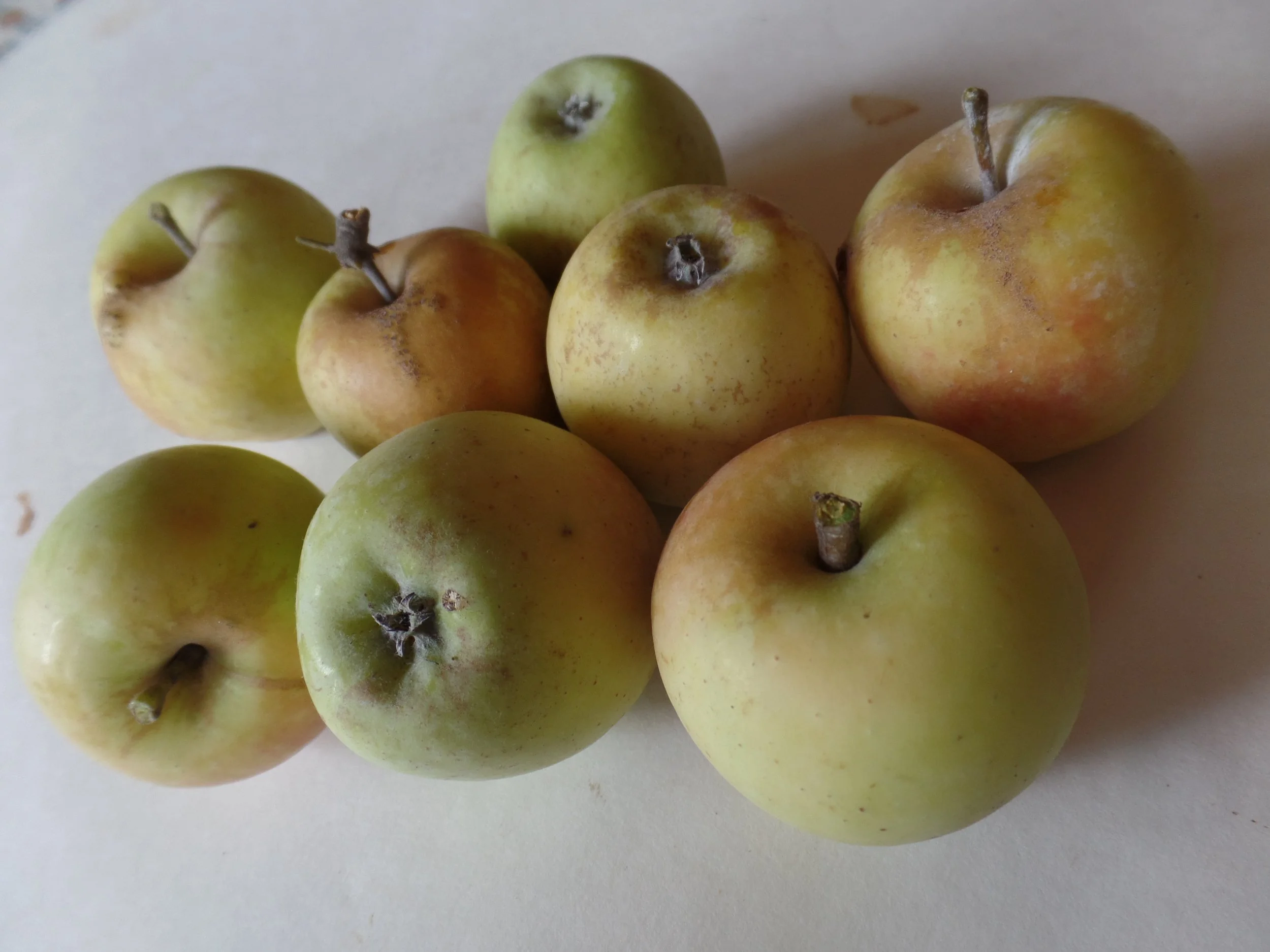Today in the orchard
Although the vast majority of our trees are on full-size, standard rootstocks, we have about thirty dwarfs on Bud9 and G11. Growing and observing them gives us a chance to assess the benefits and challenges of dwarf rootstocks in central Maine. Both rootstocks are productive, precocious, easy to spray and pick. They are also sensitive to drought, require staking and should be kept weed-free. They are more like shrubs than trees. We prefer trees, but I’m glad we grow them. E very few weeks we spend the better part of a day weeding them. Today was one of those days.
In the afternoon we worked on the small cabin we’re building for employee housing. We haven’t settled on a name but have been calling it “Orchard House.” Seems appropriate. There’s at least one other Orchard House, the one in Concord, MA where Louisa May Alcott lived nearly 200 hundred years ago. It’s worth visiting if you’re ever down that way. Ours should be ready for use in the next few weeks.
Summer Sweeting
I continued the inventory of fruit around the farm. I was joined by our grandchildren and two of their friends, all under the age of ten. The five of us tasted apples from a couple dozen trees, most of them still far from being ripe. That didn’t deter the tasting crew, however. The “greener” the better!One of the favorites was the small, sweet Maine apple introduced to me by Earland Goodhue. It was known in Sidney where it originated as King Sweeting, Summer Sweeting or Summer Sweet. We also found it in the Farmington area where it was called Orange Sweet. They’re not quite ripe, but we could already taste its unique and interesting low-acid flavor. It’s a wonderful summer apple.

